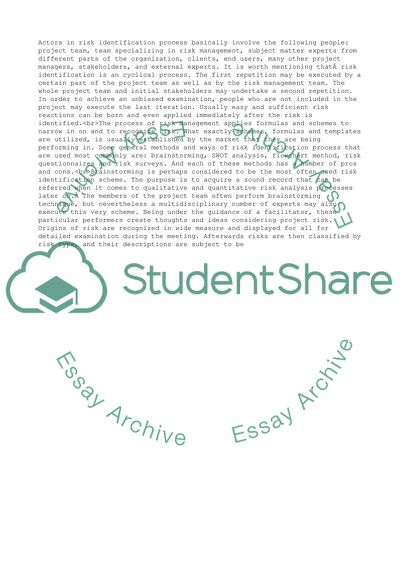Cite this document
(Project management Essay Example | Topics and Well Written Essays - 2250 words - 1, n.d.)
Project management Essay Example | Topics and Well Written Essays - 2250 words - 1. https://studentshare.org/management/1874117-project-management
Project management Essay Example | Topics and Well Written Essays - 2250 words - 1. https://studentshare.org/management/1874117-project-management
(Project Management Essay Example | Topics and Well Written Essays - 2250 Words - 1)
Project Management Essay Example | Topics and Well Written Essays - 2250 Words - 1. https://studentshare.org/management/1874117-project-management.
Project Management Essay Example | Topics and Well Written Essays - 2250 Words - 1. https://studentshare.org/management/1874117-project-management.
“Project Management Essay Example | Topics and Well Written Essays - 2250 Words - 1”. https://studentshare.org/management/1874117-project-management.


